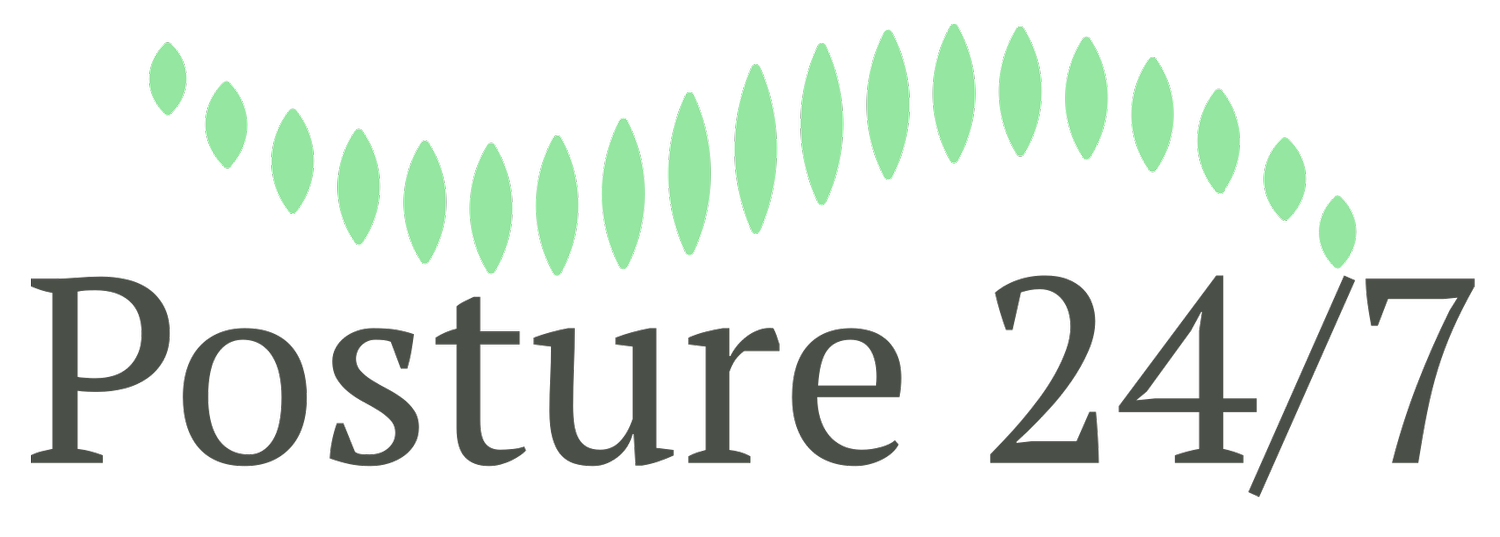About
Learn all about what 24-hour posture care management is, its impact on posture and overall health, and find the medical research that validates its effectiveness.
It’s easy to take your posture for granted — but it’s different for people with movement limiting motor impairments.
Overview
A symmetrical body and stable posture are foundations for health and quality of life. The vast majority of people are born with symmetrical bodies and are able to assume a variety of different positions throughout the day and night. It is easy to take this for granted – but not for people with movement limiting motor impairments.
When such a person spends many hours without moving easily and often into different positions, soft tissues change, ligaments overstretch and gravity affects the person’s body so that slowly and gradually it becomes distorted. This “human sandwich” dynamic often happens while sleeping. Eventually the body changes shape and no longer bounces back to where it started. Two Scottish doctors identified this process in 1976*, and any person with significant movement limitation is at risk.
Children and adults using wheelchairs are especially vulnerable to the force of gravity because their variety of positions is often limited. Asymmetrical lying positions are often overlooked, yet poorly aligned posture day and night can lead to long-term problems like scoliosis and joint dislocations. Anyone with a limited movement repertoire through any condition is at risk, especially children during growth spurts. Elders who may have been able-bodied earlier in life are affected as they age and move less.
24-hour posture care management is a gentle, non-invasive, inexpensive way to promote health and quality of life. It can help people sleep better, while protecting the person’s body shape. Other benefits seen are more balanced muscle tone, reduced pain, easier physical care, and improved sitting posture and tolerance**. As developed and described by Pauline Pope ***, Hill and Goldsmith ****, and others, 24 hour posture care management can be used to prevent and limit body shape distortions. In some cases, restoration is possible.
*Fulford, G.E. and Brown, J.K. (1976) “Position as a cause of deformity in cerebral palsy”. Developmental Medicine and Child Neurology, Vol. 18, pages 305-14.
**Kittelson T. (2020). Montana Postural Care Project: Pilot Program in a Frontier State. 35th International Seating Symposium. 287-289. https://www.researchgate.net/publication/360320867_2iii_Montana_Postural_Care_Project_Pilot_Program_in_a_Frontier_State
***Pope, P. M. (1992). Management of the physical condition in patients with chronic and severe neurological pathologies. Physiotherapy, 78(12), 896-903.
****Hill [Clayton] S., Goldsmith J. (2010) “Biomechanics and Prevention of Body Shape Distortion”. Tizard Learning Disability Review, Vol. 15, No. 2, pages 15-29
It all starts here.
Get started on your posture care journey.
-
Would you like to talk to Tamara, or bring a speaking engagement or training to your organization? Please be in touch.
-
Physical and Occupational Therapists, health practitioners, and members of the public are encouraged to join our mailing list by subscribing on our MailerLite page.
-
Tamara is available to speak to members of the news media and may be available to speak on your podcast. Please be in touch.

